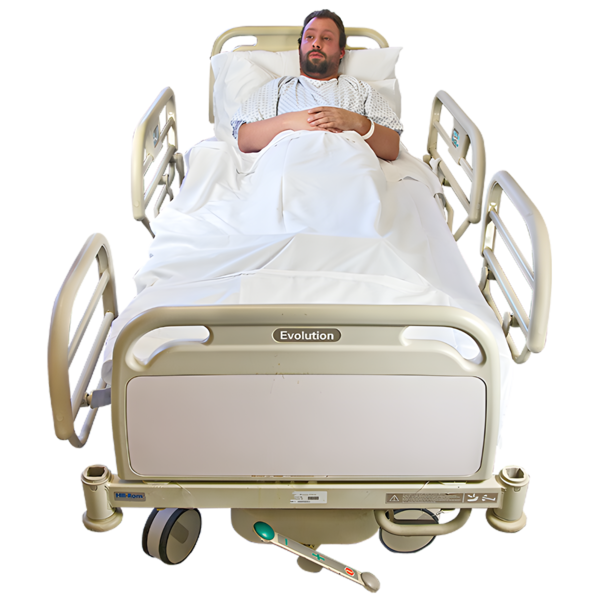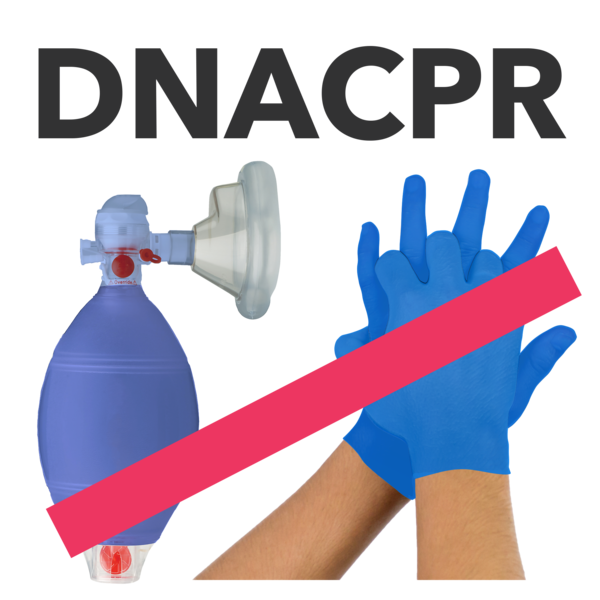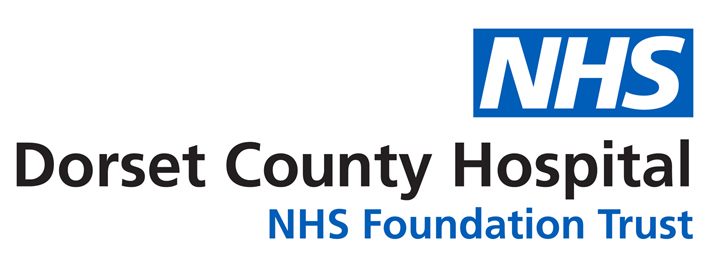Cardiopulmonary Resuscitation (CPR)

What does having a cardiopulmonary
arrest mean?
Cardiopulmonary arrest means that your heart and breathing has stopped and without help you will die.

What is cardiopulmonary
resuscitation?
Cardiopulmonary resuscitation (CPR) means people are trying to restart your heart and breathing. CPR can involve people:
- pressing down hard on your chest again and again (chest compressions)
- using a machine to stimulate your heart using electrical shocks (sometimes more than once)
- using equipment that helps move oxygen around your body (artificial ventilation)
- giving medicine by injection.
If CPR is successful, you may have to go to the Intensive Care Unit (ICU) and it may involve a long stay in hospital.
CPR does not always work and it may not fix what made your heart stop.

Will CPR work?
CPR can sometimes get the heart and breathing going again. But:
- he actions used in CPR, such as chest compressions, can cause bruising, break ribs and puncture lungs
- the chances of CPR starting your heart and/or breathing are lower if your lungs, heart or other organs are struggling to work before CPR is needed

- only a few people make a full recovery, even if their heart or breathing can be restarted with CPR
- you may still be very unwell and need more treatment, and you may never get back to the health you had before.

Do not attempt cardiopulmonary
resuscitation (DNACPR)
DNACPR means if your heart or breathing stops, your healthcare team will not try to restart it.
A doctor can write a DNACPR order if they think that cardiopulmonary resuscitation will not work for you.

You can ask not to have CPR
You may decide that if your heart stops, you may not want to be resuscitated.
It is important to make sure that your doctor and people who care for you are aware of your opinion and wishes.

Your rights
The final decision for a DNACPR lies with your doctor.
You have the right to be involved in the decision, along with your family, but you cannot demand CPR if the doctors think that it would not be successful.
A form will be completed saying DNACPR once the decision has been made.
This form is kept in your medical records.
It may also be printed and kept with you if you are at home or in a care home.

What about other treatment?
Having a DNACPR in place does not mean that you will stop having any other treatments.
You will still get the best care and medicines for your condition.
Your doctor will talk to you about your illness, what you can expect to happen and what can be done to help you.

Learning Disability England and Turning Point have put together a support pack about DNACPRs.
Read the Learning Disability England and Turning Point support pack.
The NHS has lots more information on DNACPRs.

About this leaflet
Author: Jo Findlay Learning Disability and Mental Capacity Act Advisor
Written: August 2021
Approved: August 2021
Review date: August 2024
Edition: v1
If you have feedback regarding the accuracy of the information contained in this leaflet, or if you would like a list of references used to develop this leaflet, please email patientinformation.leaflets@dchft.nhs.uk
